|
Warning: Playing outside can cause bruised arms, scraped knees, stubbed toes, dirty hands, stained clothing, muddy shoes. You will get wet when it rains, cold when temperatures are low, and hurt when you fall. Some people may require band-aids, ice packs, or loving arms to hold them as they cry. Life is one huge adventure for those who aren’t afraid of getting dirty. There are many places to explore, limitations to discover, and life lessons to learn. If we don’t learn them as children, then our road ahead will be hampered. Do you ever look back on your own childhood and feel grateful for the experiences you had and the lessons you learned when you were younger? You did not become the strong person you are today in spite of the challenges you faced, but rather because of them. I found it humorous, if not annoying, when my father would say, “when I was your age, I had to walk 5 miles to school.” My typical response was to roll my eyes, as that was what all old people said. These days I catch myself thinking and saying some of the same things! In reality, every generation thinks the next generation has it easier and aren’t as capable of dealing with hardships as they were. This has been going on for 2,000 years! (Check out this article: Proof That People Have Always Complained About Young Adults The more I consider the implications related this line of thinking, I think what we are really saying is that we are grateful for the challenges we had to face when we were younger and the leaders who provided encouragement and opportunities for me to do things for myself. This includes parents, teachers, and coaches. Facing Challenges I typically set up a number of ropes during a climbing event, each presenting different challenges for the climber. If your climbing rope is away from branches and hangs unimpeded from the top anchor point to the ground, your primary challenge will be dealing with your height above the ground and associated fears. By placing ropes so they hang near branches, you will face the challenge of maneuvering past the branch. The closer the rope is to the branch, the more difficult it is to climb around it. At one of our climbs this past summer, a young climber was climbing one of the more challenging rope routes of the day. The rope the young climber was on hung against a branch. With her weight on the rope, the rope rubbed snuggly against the branch above her head. Since her ultimate goal was to reach the top of the rope, well above this lower branch, she was going to have to get herself around it. Since the climbing knot slides up the rope that ran against the branch, she would need to pull the rope away from the branch in order to slide the knot around and above the branch. Until the knot was pulled away from the branch, there was a pinch point. In trying to get past the branch, she got her hand pinched between the rope and the branch. Ouch! She tried again. After a few attempts and just as many scratches on her fingers, she was beginning to get frustrated. After providing her with a few calming and encouraging words, she took a moment to analyze the challenge. Looking back up at the knot and impeding branch, she considered an alternative strategy that could potentially get her around the branch. Taking time to reassess the situation trying out an alternative technique was all she needed to figure out how she could overcome what seemed to be an insurmountable challenge. While her goal that day was to reach the top of that rope, the value of the climb happened along the way, and required a few scraped knuckles. She enjoyed her view of at the top, but she felt empowered and more self-confident because she was able to work past that lower branch. I am confident that the lesson she learned in the tree that day will stick with her as she faces challenges in school and work in her years ahead. Even more important, I hope she has the opportunity to encounter similar challenges often, for that is what will make her stronger and better prepared for what lays ahead. Learning On Our Own Often times adults are tempted to swoop in and offer up a solution as soon as we see a young person encountering an obstacle. With our life experience, I could picture the forthcoming pinch point for the young climber trying to get past the branch. In trying to help out, I could have interrupted her mental engagement and told her precisely how to avoid the obstacle. In doing so, I would have robbed her of the learning opportunity. However, we can only learn so much from listening or watching adults and leaders. We must do it on our own. Parents, teachers, and coaches are constantly balancing how much to help and how much to step back. Our role is to offer up and pass along knowledge to our children or students. It is up to them to take these tools and apply them to their own experiences. In order to teach a person how to climb up our ropes, our responsibility is to explain and demonstrate the knots and technique used to ascend. Then we need to step back and allow them to try on their own. They will make mistakes. They will move and process slower than us. This is the learning process which involves and extraordinary amount of activity going on inside the mind and body of the climber. The length of time required varies significantly between people and is greatly influenced by previous challenges they have faced and gained wisdom from. Should they make a mistake along the way, I have 2 basic options: correct them immediately or allow them to proceed. Ramifications of Rescuing If I jump in right away and correct them, then the lesson I am likely teaching them is that they can rely on me to help them through a struggle. They will eventually pick up the technique, but it usually takes much longer as they are not having to work through the steps on their own. Even if they want to figure it out by themselves, their mental process is derailed the moment I give them the answer. One issue with this approach is that I begin to anticipate when the climber is likely to face a struggle. Worse yet, I am then tempted to offer up the solution even before they are aware there is a challenge. Can you see how catastrophic this approach can be? We can deprive the climber of the opportunity to process and problem-solve because the solution is being provided to them before their mind even encounters the struggle. Freedom To Figure It Out
In contrast, if I allow them to proceed, they will soon figure out they missed a step. While it may look to bystanders that they are sitting there not knowing what to do, they are actually quite busy inside their head. They are processing through the information they gathered during my presentation and demonstration, then trying to figure out how to move their body in order to replicate the technique. They will figure it out. When they do, that is the moment they will have not only learned the process, but also became self-reliant, problem-solved, gained confidence, felt satisfaction, and built positive self-image. It is a challenge to determine the appropriate level of guidance to provide each climber. I strive to provide positive experiences as I do not like to see climbers become frustrated. The point of frustration triggers responses that are detrimental to a person’s learning process and obviously the enjoyment of the activity. Of course, there is a point at which we need to intervene in some manner. I just try to keep in mind that my ultimate goal is to help them learn how to do it on their own, not micromanage them to the top of the rope. It is fun to get to the top. It is rewarding if you do it on your own. Free play Bumps and bruises happen in all kinds of activities. They are part of the learning process. Not only should we not forget this, we should facilitate opportunities for girls and boys to face physical and mental challenges even if that exposes them to scrapes and scratches. With most anything we do, there are dangers involved that need to be addressed for safety. Once we’ve been able to set the parameters that help minimize the associated risks of severe injury, we should then encourage and allow children to have the opportunity to play freely. I am thankful for the knowledge my parents, teachers, and coaches provided me. I am even more grateful that they allowed me time for free play in order to practice, play, and work through the ways in which I could apply that knowledge. Bumps and bruises are often signs of growth and a lesson learned. Each scrape encountered plays an important role in developing creativity, self-confidence, problem-solving skills, and a positive self-image. Let’s not deprive kids these days of these important opportunities to grow!
0 Comments
Leave a Reply. |
AuthorAs a G.O.T.C. Recognized Master Instructor & Facilitator, I.S.A. Board Certified Master Arborist, and T.C.I.A. Certified Treecare Safety Professional, Curt has spent over 30 years dedicated to the study and care of trees. Categories
All
Archives
May 2024
|
|

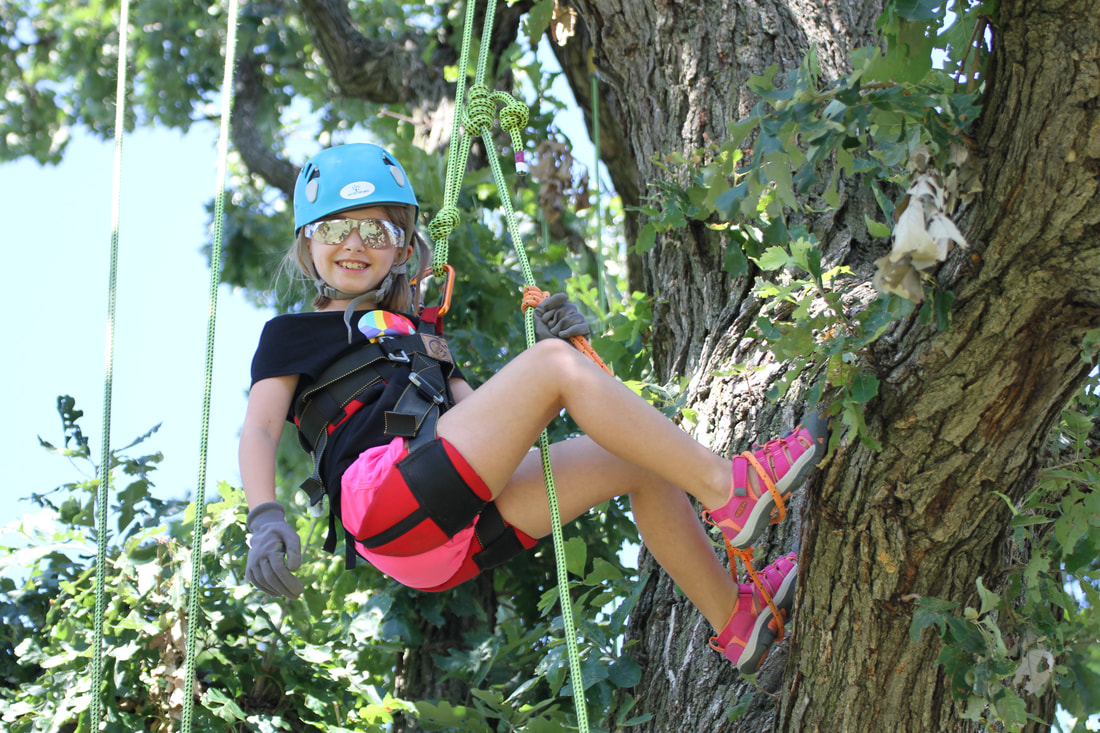
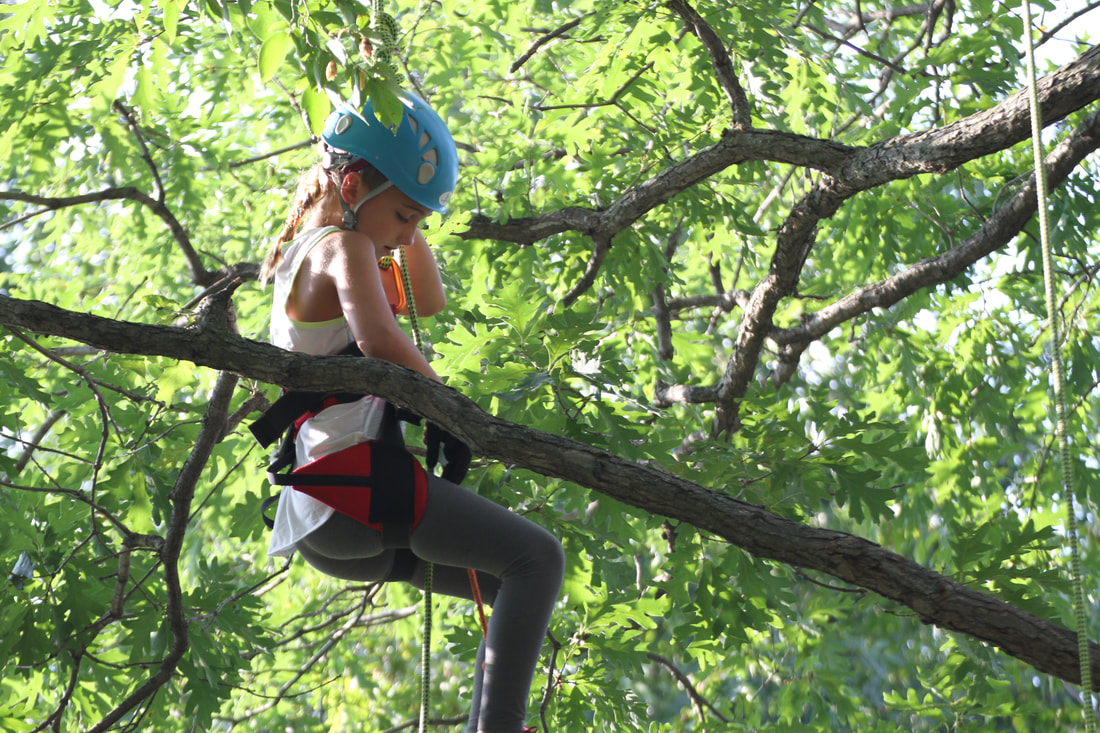
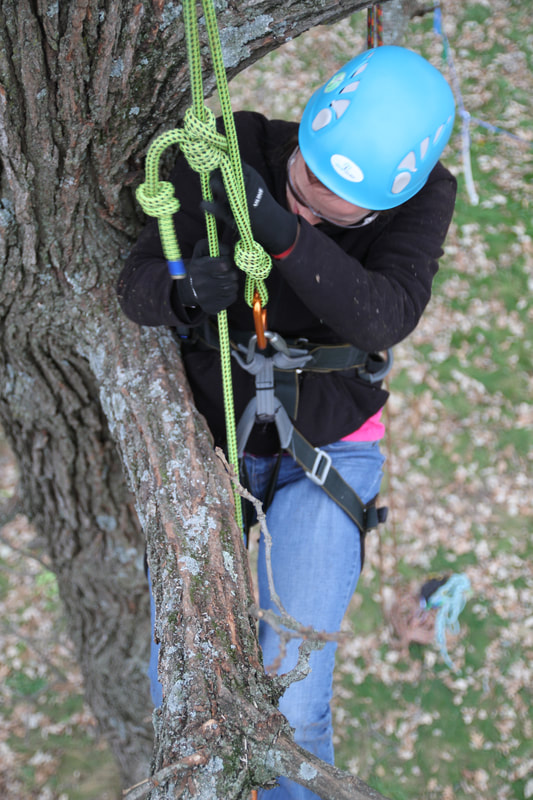
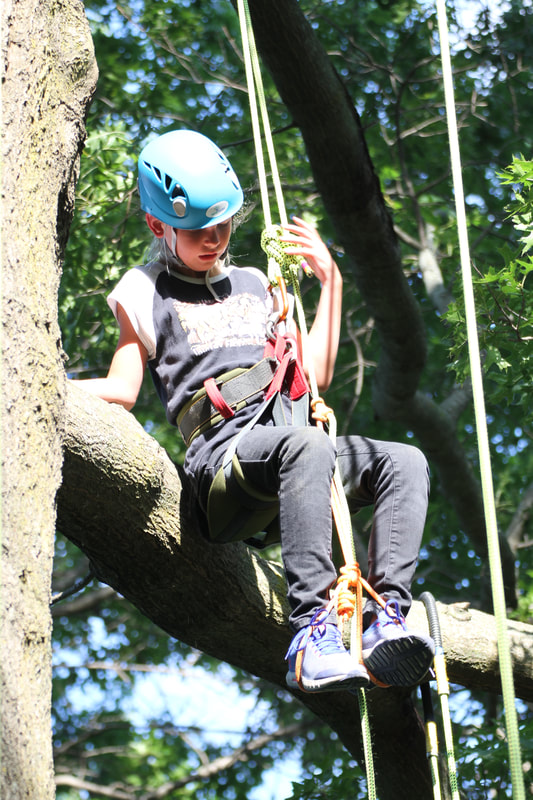
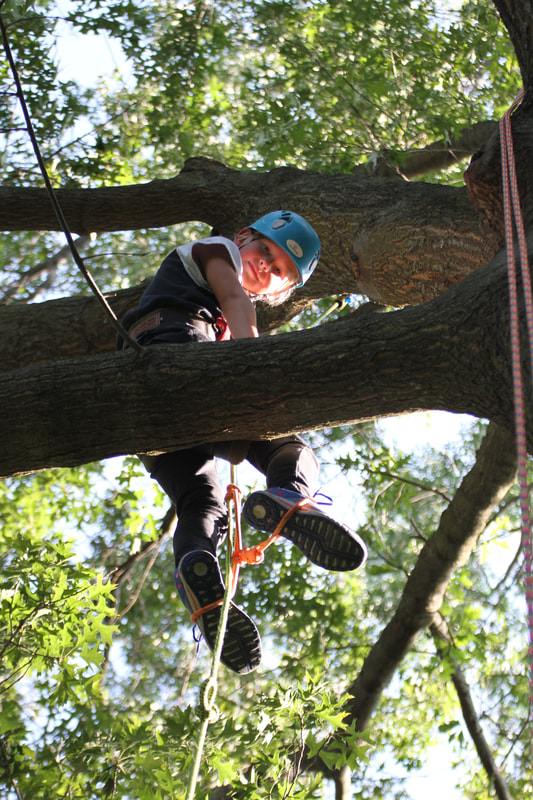
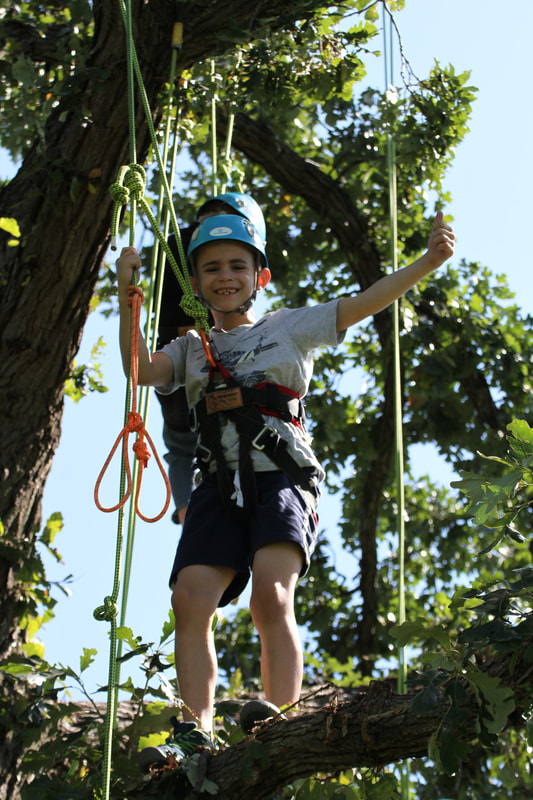
 RSS Feed
RSS Feed
